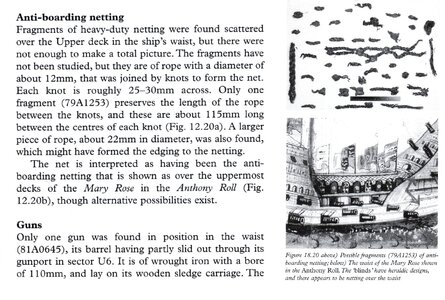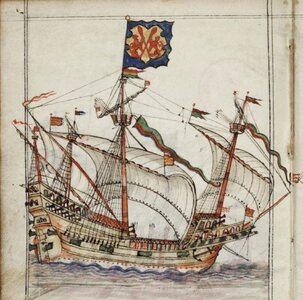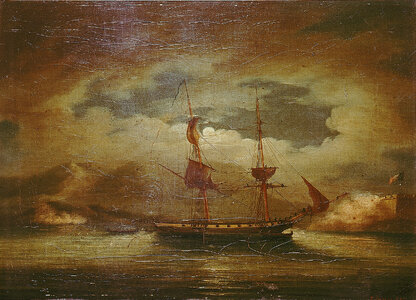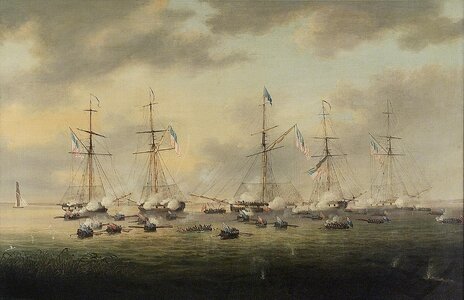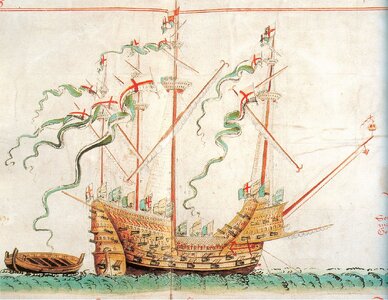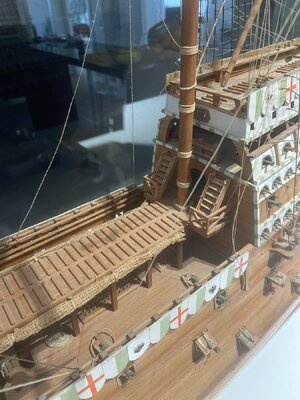- Joined
- Jul 14, 2024
- Messages
- 21
- Points
- 48

Hi
I have the Mary Rose on my shelf which I'm going to start at some point, my long to do list Lol.
I Know their is little known about the about the full construction of the Mary Rose and 16th century ships in general, My caldercraft kit does not detail the netting but I would like to add it.
I cant seem to find a good reference to the placing, construction and how it was stowed of the anti boarding netting of this or any period. Was the netting in panels or did it spread from bow to stern direction, I did find a build on this forum on the Apostal Felipe which shows the netting on top of the frame work, stretched from bow to stern and rolled up to be stowed but I haven't seen a Mary rose build that have incorporated it, I'm also interested in the use of pavises, were they attached on the outside or removable from the inside as they were also use by archers etc.
I have attached a photo taken from my book Tudor War Ship Mary Rose from the anatomy of the ships range which clearly shows its underneath the frame work and its different to the caldercratft instructions so its baffling a bit, im only on my second wooden ship so still learning.
I know its alot of information to ask for but could anyone advise me or point in the right direction of some good referencing, good diagrams would help
Thanks
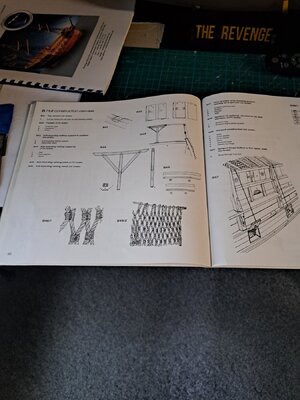
I have the Mary Rose on my shelf which I'm going to start at some point, my long to do list Lol.
I Know their is little known about the about the full construction of the Mary Rose and 16th century ships in general, My caldercraft kit does not detail the netting but I would like to add it.
I cant seem to find a good reference to the placing, construction and how it was stowed of the anti boarding netting of this or any period. Was the netting in panels or did it spread from bow to stern direction, I did find a build on this forum on the Apostal Felipe which shows the netting on top of the frame work, stretched from bow to stern and rolled up to be stowed but I haven't seen a Mary rose build that have incorporated it, I'm also interested in the use of pavises, were they attached on the outside or removable from the inside as they were also use by archers etc.
I have attached a photo taken from my book Tudor War Ship Mary Rose from the anatomy of the ships range which clearly shows its underneath the frame work and its different to the caldercratft instructions so its baffling a bit, im only on my second wooden ship so still learning.
I know its alot of information to ask for but could anyone advise me or point in the right direction of some good referencing, good diagrams would help
Thanks

Last edited:




